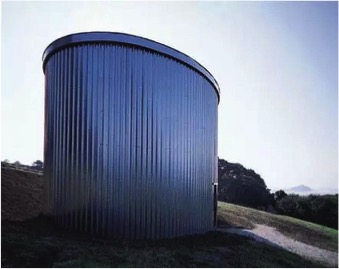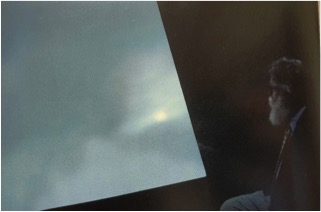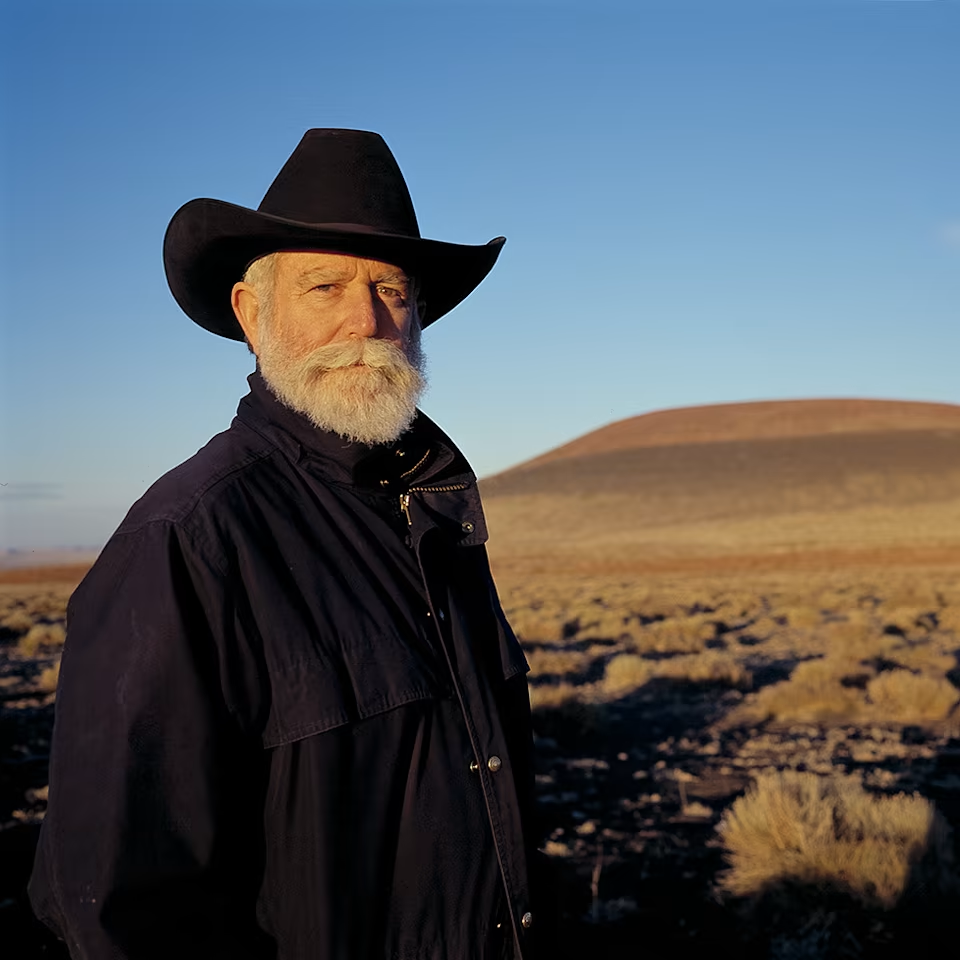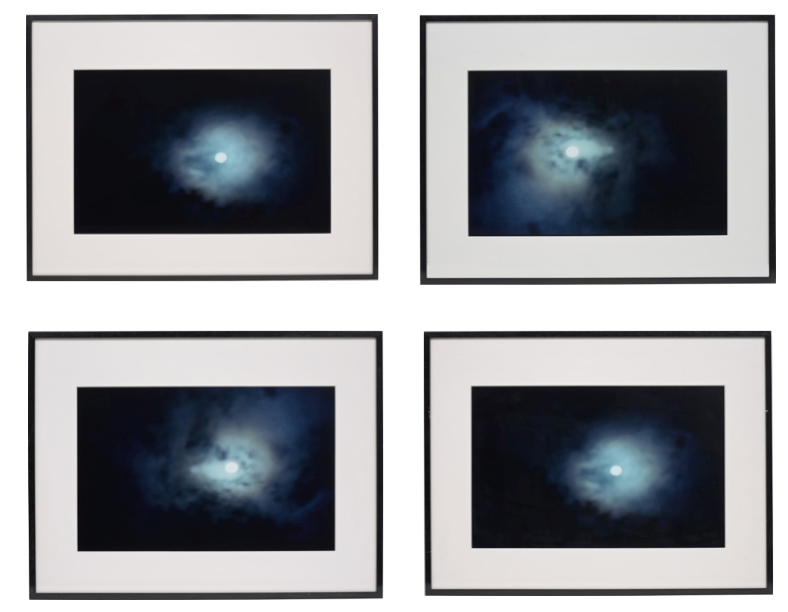Public Art on Campus - James Turrell
ART ON CAMPUS
Year: 1999
Title: Eclipse
Medium: Photographic prints mounted on aluminum
Location: Carl Parker, 2nd Floor
Gift of Rob Clark and Jerry Thacker
In 1999 James Turrell was commissioned by his art dealer Michael Hue-Williams to build a temporary Skyspace on a hillside in the Tremenheere Sculpture Garden in Cornwall County, England. The structure was built as an observatory for viewing a total solar eclipse scheduled to occur August 11, 1999. The Skyspace, named Elliptical Ecliptic, was designed in an elliptical shape approximately 33 feet across at the widest point. The structure was 19 feet tall with a metal exterior. The interior had a pea gravel floor and a viewing bench circling the inner walls. The ceiling aperture was Turrell’s first in an oval rather than rectangular shape. In days prior to the eclipse, the aperture was covered with a tarp containing a single round hole. Turrell essentially turned the space into a large camera obscura, also known as a pinhole camera. A viewing platform was mounted inside so the two-minute eclipse could be safely observed as a projection.
Turrell took multiple photos of the projections the day before and the day of the eclipse. A book was published to commemorate the event, along with a CD of original music compositions by Paul Schutze. Turrell also created several series of limited-edition photographic prints. The four images in Lamar’s public art collection are mounted on aluminum and were made in a small edition of 10. They came from the personal collection of Michael Hue-Williams. They were taken on August 10th, 1999. With these photographs, Turrell is allowing us to view at our leisure a snapshot of the sun with its halo of light surrounded by wispy cloud formations. The subtle color variations mimic the view we might have through a solar filter and allow us to witness one of nature’s most impressive natural phenomena at close range.


The temporary Elliptical Ecliptic in 1999 has since been replaced with a permanent Skyspace.




